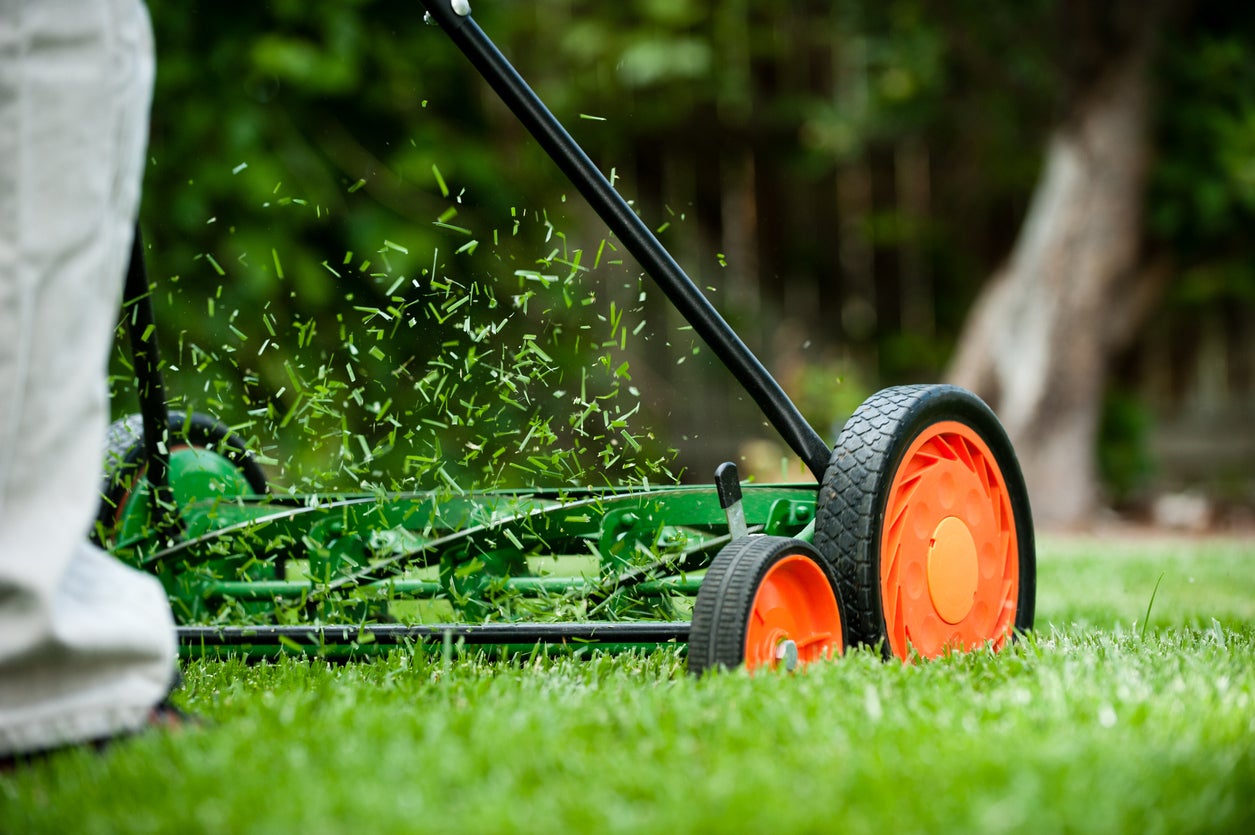Grasscycling Information: Learn How To Grasscycle In The Yard


Bagging grass clippings produces waste that needs to be dealt with and is heavy to haul. Grasscycling can help reduce the mess and strain, and actually improves your turf. What is grasscycling? You're probably already doing it and just didn't know. Essentially, it is "mow and go," and is not only for the lazy gardener but has a host of other benefits. Let's go over grasscycling information so you can avoid common problems.
What is Grasscycling?
Mowing the lawn doesn't have to be such a chore if you know how to grasscycle. Even if you don't have a mulching mower you can grasscycle. The key is in how and when you mow so you can prevent thatch buildup, unsightly grass debris, and the clippings are returned to the earth quickly. Your grass clippings can be a precious resource rather than a pain in the neck to bag and remove. The idea behind the practice is to let clippings fall where they do so they can release nitrogen, and reduce the need for watering, which decreases the incidence of fungal disease like rust and leaf spot. Grasscycling does not contribute to thatch build up and saves you time. As the clippings break down, they fertilize the lawn, minimizing the need for excess nutrients. Clippings can provide 15 to 20 percent of a lawn's food needs. This makes for a healthier turf that is thick and leaves no room for pesky weeds.
Grasscycling Guide and Quick Tips
In order to harvest the many benefits, you first need to know how to grasscycle. It isn't difficult and actually makes mowing easier. Your mower blades should be sharp, and mowing should be frequent. That avoids buildup of excess clippings that will take too long to compost and can cause a smelly mess on top of the grass. One of the more important grasscycling tips is to remove no more than one third of each blade. The best length is 2 to 2 ½ inches (5-6 cm.). Grasscycling information recommends mowing every five to seven days to produce clippings that compost into the lawn quickly. Try to mow when grass blades are dry. This enhances your mower’s ability to chop the leaves, causes less stress to the grass, and prevents clumps. Avoid scalping the lawn and mow at the correct height for your grass species. In summer, grass should be left a little longer to avoid moisture stress. If it has been too wet to mow frequently, run over the long clippings an extra time and rake them into the root zone of the lawn. Blow or sweep clippings off non-porous, inorganic surfaces like sidewalks to avoid them washing into waterways.
Sign up for the Gardening Know How newsletter today and receive a free copy of our e-book "How to Grow Delicious Tomatoes".

Bonnie Grant is a professional landscaper with a Certification in Urban Gardening. She has been gardening and writing for 15 years. A former professional chef, she has a passion for edible landscaping.